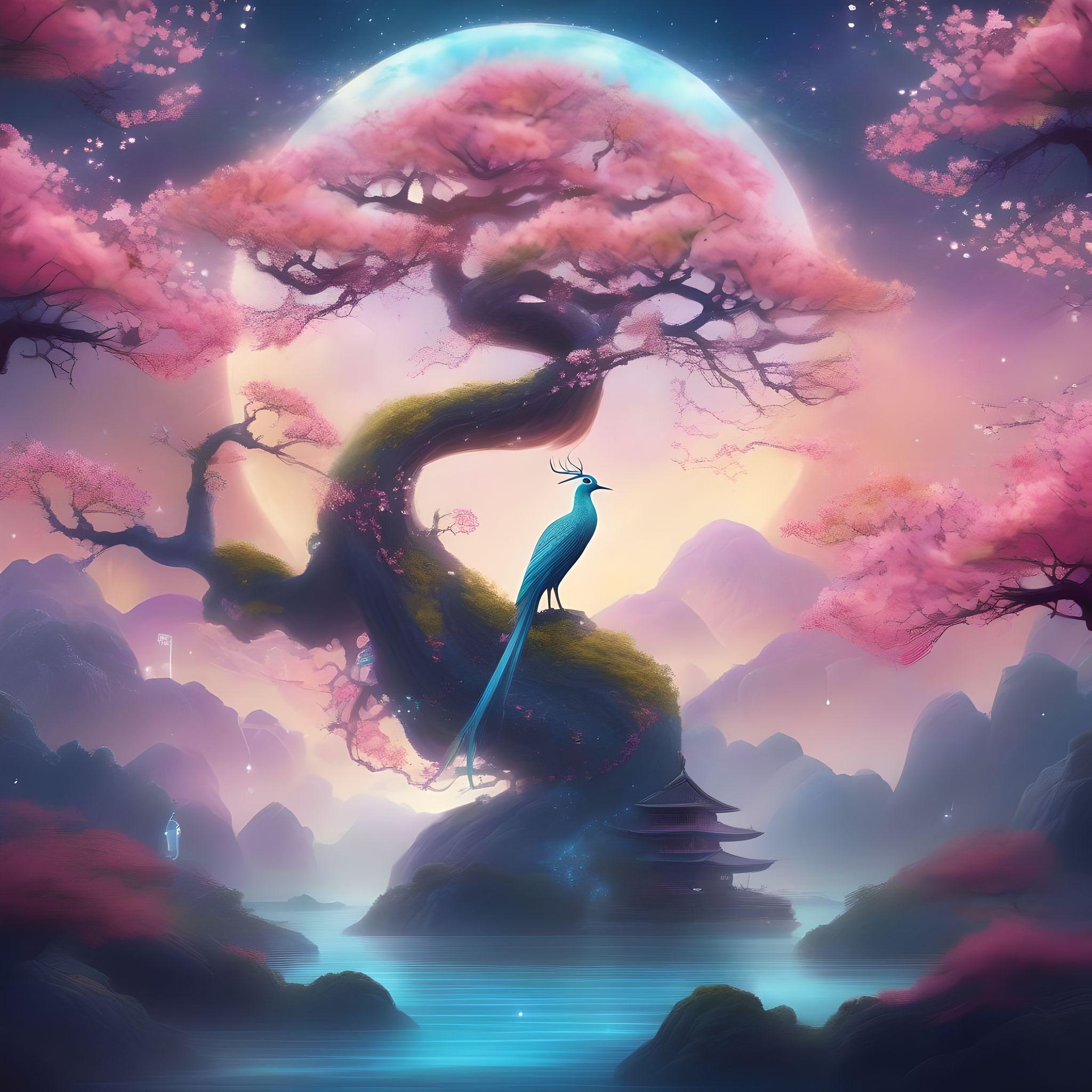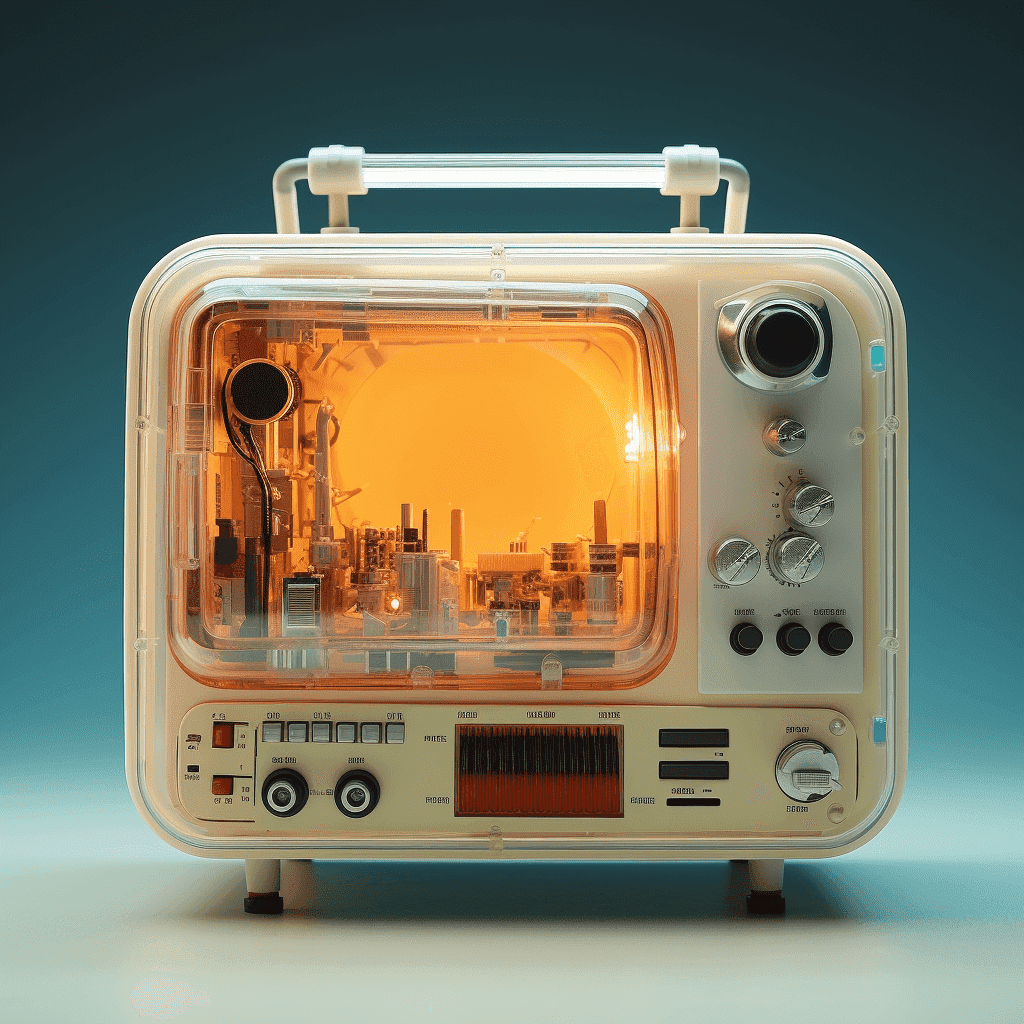What's After the Blog?
Cinema • Criticism
Shadows and Light: The Role of Contrast in Cinematic Storytelling
Explore the art of cinematic storytelling through our in-depth analysis of the use of contrast in film, from classic techniques to modern innovations, and how it shapes narrative, character, and theme.
December 25, 2023

Movies mentioned in this article
Shadows and Light: The Role of Contrast in Cinematic Storytelling
Introduction
In the realm of cinema, the interplay of shadows and light serves not merely as a visual technique but as a powerful narrative tool. This juxtaposition is fundamental to the art of filmmaking, imbuing scenes with depth, emotion, and significance. When we speak of contrast in film, it’s not just about the literal contrast of brightness and darkness, but also the metaphorical contrasts that enhance the storytelling experience. As the legendary filmmaker Federico Fellini once said,
“A good opening and a good ending make for a good film provide they come close together.”
This statement underscores the importance of visual storytelling elements like contrast in creating a memorable cinematic experience.
Contrast in cinema, in its most basic form, refers to the visual ‘weight’ of the elements in a frame. It’s about how different elements stand out against each other and the background. This can be in the form of light against dark, vibrant colors against muted tones, or even silence against a cacophony of sounds. Filmmakers like Alfred Hitchcock, Stanley Kubrick, and Christopher Nolan have leveraged this to great effect, using contrast to draw viewers into a unique visual narrative, often leaving a lasting impression.
The Basics of Contrast in Cinema
Definition and Types of Contrast
Contrast in cinema is a broad term that encompasses several dimensions:
-
Light vs. Dark: The most straightforward type of contrast, this involves the use of lighting to create differences in brightness and darkness within a frame. It’s crucial in setting the mood, highlighting certain elements, and creating depth. For instance, in The Godfather, cinematographer Gordon Willis used low-key lighting to create stark contrasts, enhancing the film’s moody and foreboding atmosphere.
-
Color Contrasts: This refers to how different colors interact within a scene. Filmmakers often use complementary colors (those opposite each other on the color wheel) to create visual interest. An excellent example is the use of blue and orange contrasts in Mad Max: Fury Road, which visually amplifies the desolate landscape and the intensity of the action.
-
Thematic Contrasts: Beyond the visual, contrast can also be thematic. This includes contrasts in character personalities, moral dilemmas, or even differing societal views. A classic example is the contrast between the chaotic Joker and the orderly Batman in The Dark Knight, which serves to explore deeper themes of chaos versus order, and anarchy versus morality.
Historical Perspective
The history of contrast in cinema is as old as the medium itself. In the era of black and white films, directors had to rely heavily on light and shadow to convey mood and emotion. This was beautifully demonstrated in German Expressionist films, like The Cabinet of Dr. Caligari (1920), where exaggerated shadows and stark lighting were used to create a sense of unease and otherworldliness.
As color films emerged, contrast took on new dimensions. The vibrant Technicolor films of the 1940s and 1950s, such as The Wizard of Oz (1939), used bold, saturated colors to create a sense of wonder and fantasy, contrasting sharply with the mundane colors of the Kansas scenes. The transition to color didn’t diminish the importance of light and dark; instead, it added another layer to the filmmaker’s palette.
Films like Schindler’s List (1993) by Steven Spielberg masterfully blend color and black-and-white footage. The film is predominantly in monochrome, but a key element, a little girl’s red coat, is shown in color, creating a powerful visual and thematic contrast that underscores the innocence lost in the Holocaust. This technique of selective color usage emphasizes the film’s narrative and emotional impact.
In conclusion, the use of contrast in films is a multifaceted tool, essential in guiding the audience’s emotional and intellectual response to the narrative. Whether it’s through stark lighting, vivid color schemes, or thematic elements, contrast remains a central pillar in the art of visual storytelling.
Technical Aspects of Contrast in Cinema
Achieving Contrast through Lighting and Camera Techniques
The mastery of contrast in cinema often lies in the hands of the cinematographer, who uses a variety of tools and techniques to shape how contrast is presented on screen. Key lighting, backlighting, and fill lighting are essential components. For instance, in the noir classic The Third Man (1949), cinematographer Robert Krasker utilized harsh key lighting to create deep, elongated shadows, which became a signature element of the film’s visual style. The use of shadows in this manner not only enhanced the mystery but also reflected the moral ambiguity of the characters.
Camera settings also play a crucial role. The aperture, shutter speed, and ISO settings determine how much light enters the camera and how it’s captured, directly affecting the contrast of the final image. In Barry Lyndon (1975), Stanley Kubrick famously used natural lighting and specially adapted lenses to achieve an unprecedented level of visual realism and contrast, especially in scenes lit solely by candlelight.
Post-Production: Enhancing Contrast
The advent of digital post-production has given filmmakers even more control over contrast. Color grading, a process of altering and enhancing the color of a film, can be used to adjust contrast levels to achieve a specific visual tone. An example of this is the film O Brother, Where Art Thou? (2000), where the Coen Brothers and cinematographer Roger Deakins used digital color grading to give the film a unique sepia-tinted, washed-out look, creating a sense of heat and aridity that is almost palpable.
Analyzing Contrast in Iconic Films
Case Studies: Masterful Use of Contrast
Several films stand out for their exceptional use of contrast, and they offer a rich ground for analysis:
-
“Citizen Kane” (1941): Orson Welles’ masterpiece is renowned for its innovative use of light and shadow, particularly in how these elements are used to depict the protagonist’s complex psyche. The deep focus technique employed throughout the film allows for stark contrast within the same frame, conveying multiple layers of narrative.
-
“Schindler’s List” (1993): As previously mentioned, Spielberg’s decision to shoot predominantly in black and white creates a stark, haunting contrast that emphasizes the grim reality of the Holocaust. The use of color in key scenes, like the girl in the red coat, serves to punctuate the narrative with deeply emotional and symbolic moments.
-
“Amélie” (2001): Director Jean-Pierre Jeunet uses vibrant colors contrasted against the more muted backgrounds of Paris to reflect the whimsical, imaginative world of the protagonist. This visual contrast mirrors Amélie’s vibrant inner life against the dreariness of her surroundings.
Contrast and Narrative Impact
The use of contrast in these films goes beyond mere aesthetics; it serves to reinforce and amplify the narrative. In Citizen Kane, the contrast in lighting mirrors the contrasts in Charles Foster Kane’s life – the brightness of his early years and the darkness of his later days. Similarly, in Schindler’s List, the contrast between the bleakness of the concentration camps and the vividness of certain symbolic elements (like the red coat) highlights the tragedy and the faint glimmers of hope and humanity amidst the horror.
In each of these films, contrast is not just a technical aspect of cinematography; it’s an integral part of the storytelling, shaping the viewer’s emotional journey and enhancing the thematic depth of the narrative. Through the strategic use of light, color, and thematic elements, filmmakers can create a visual language that speaks as powerfully as the words in a script.
Contrast in Character Development
Visualizing Internal Conflicts and Emotions
Filmmakers often use visual contrast to portray the complexities of their characters, offering a window into their inner worlds. In Fight Club (1999), directed by David Fincher, the stark contrast between the dull, monotonous world of the narrator and the intense, chaotic environment of Tyler Durden’s life visually represents the protagonist’s internal struggle. This duality is further emphasized through the contrasting color palettes and lighting schemes used in different scenes.
Another poignant example is in Black Swan (2010), where Darren Aronofsky uses visual contrast to illustrate the protagonist’s descent into madness. The use of mirrors, contrasting costumes (white swan vs. black swan), and the interplay of light and dark scenes effectively convey the duality of the character’s psyche.
Enhancing Character Arcs Through Contrast
Contrast can also highlight the evolution of characters throughout a film. In The Shawshank Redemption (1994), the contrast between the dark, oppressive atmosphere of the prison and the bright, open landscapes seen in the characters’ imaginations and memories serve to underscore their inner resilience and hope. As the characters develop, these contrasts become more pronounced, reflecting their journey from despair to hope.
Thematic Contrast
Highlighting Major Themes Through Visual Dichotomy
In addition to character development, contrast is a powerful tool for underscoring the central themes of a film. A classic example is The Matrix (1999), where the Wachowskis use a green-tinted, artificial-looking world to contrast with the more natural, albeit desolate, real world. This visual dichotomy serves to emphasize the film’s exploration of reality versus illusion.
Another notable instance is found in Blade Runner 2049 (2017), where director Denis Villeneuve and cinematographer Roger Deakins use color and lighting contrasts to explore themes of humanity, identity, and artificiality. The neon-lit, overcrowded cityscapes contrast sharply with the vast, barren landscapes, reflecting the film’s exploration of the nature of existence in a dystopian future.
Contrast as a Reflection of Societal Issues
Films can also use contrast to comment on societal and cultural issues. In Parasite (2019), Bong Joon-ho uses spatial contrast (the luxurious Park family home vs. the cramped Kim family basement) to make a powerful statement on social inequality and class conflict. The visual contrast here is not just a backdrop but a central element that drives the film’s narrative and thematic resonance.
In each of these examples, contrast is much more than a visual technique. It’s a storytelling device that enriches the film’s narrative, deepening the viewer’s understanding of the characters, themes, and societal messages. Through skillful use of contrast, filmmakers can create layers of meaning that resonate with audiences long after the movie ends.
Modern Techniques and Innovations in Contrast
Technological Advancements and Their Impact
The advent of digital filmmaking has revolutionized the use of contrast in cinema. High dynamic range (HDR) imaging, for example, allows for a greater range between the darkest and lightest parts of an image, offering filmmakers unprecedented control over contrast. This can be seen in movies like Life of Pi (2012), where director Ang Lee used HDR to create visually stunning scenes that are rich in color and contrast, enhancing the surreal, dreamlike quality of the film.
Computer-generated imagery (CGI) also plays a significant role. In Avatar (2009), James Cameron used CGI not just to create fantastical creatures and environments but also to manipulate contrast in ways that would be impossible with traditional filming. The vibrant world of Pandora at night, with its bioluminescent flora, is a testament to how contrast can be enhanced through technology to create a visually captivating experience.
Experimental Approaches and Future Trends
Filmmakers continue to experiment with contrast, pushing the boundaries of visual storytelling. In the realm of independent cinema, directors often use contrast in innovative ways to convey their artistic vision. Movies like The Lighthouse (2019), shot in black and white with a nearly square aspect ratio, use high contrast to create a claustrophobic, intense atmosphere that accentuates the film’s themes of isolation and madness.
Looking towards the future, we can expect virtual and augmented reality technologies to offer new ways to experience contrast in cinema. These technologies will allow filmmakers to create more immersive experiences, using contrast not just visually but spatially and experientially.
Conclusion
The Lasting Impact of Contrast in Film
The use of contrast in cinema is a testament to the medium’s power to convey complex narratives and emotions visually. From the early days of black and white film to the latest digital technologies, contrast has been an essential tool in the filmmaker’s arsenal. It shapes our understanding of the story, draws us into the characters’ worlds, and leaves us with lasting impressions.
Reflecting on the Artistic Significance
As we reflect on the films discussed and the countless others that use contrast effectively, it becomes clear that this element is central to the art of cinematic storytelling. It’s not just about creating visually appealing images but about using those images to tell a story, convey emotions, and explore deep themes. In the hands of a skilled filmmaker, contrast becomes a language of its own, one that speaks directly to the heart and mind of the viewer.
In closing, the study of contrast in cinema is a journey into the heart of what makes film such a powerful and enduring form of art. It’s a reminder of the endless possibilities that lie in the interplay of light and darkness, color and texture, reality and imagination.
Continue reading

What's After the Movie?
Not sure whether to stay after the credits? Find out!
Check out our other apps:
Actors
Companies
Latest Movies
© 2025 What's After the Movie. All rights reserved.







